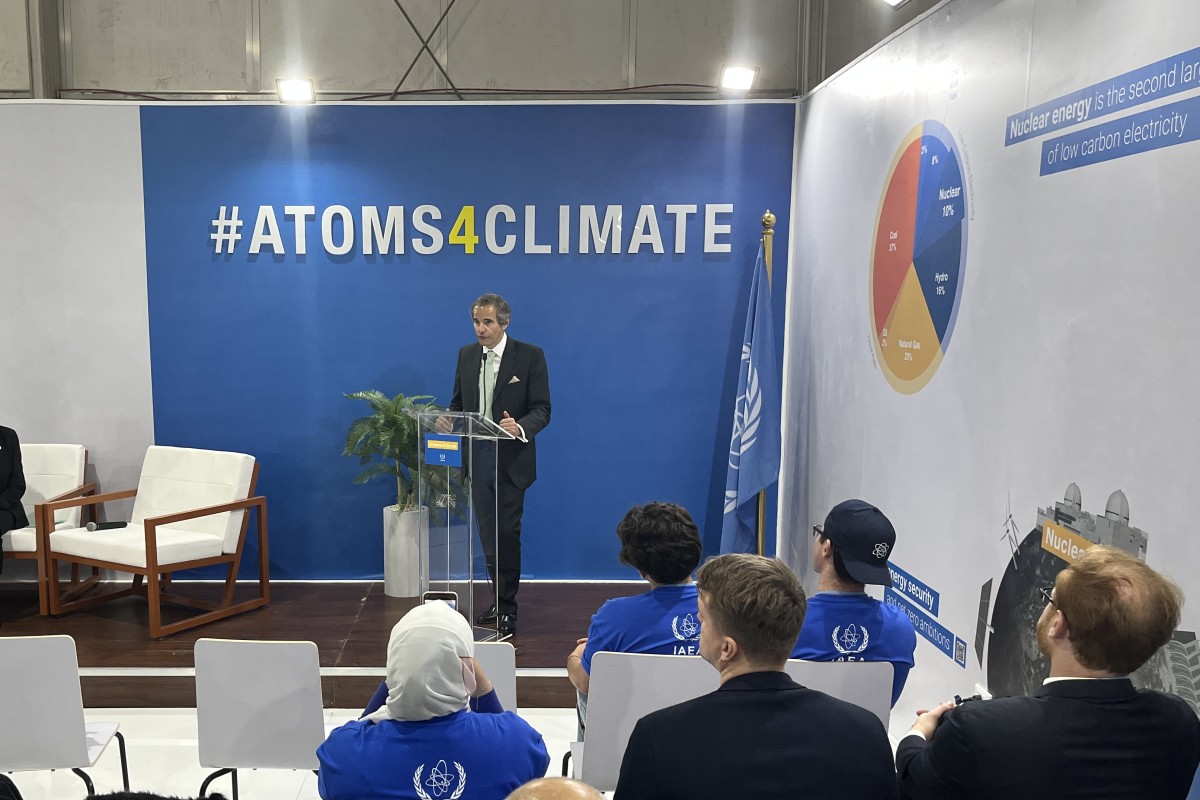Sponsored Content
IAEA at the UN Climate Summit in Egypt
The Vienna-based International Atomic Energy Agency is also well-represented at the World Climate Change Conference in Sharm El Sheikh, Egypt. Between the energy crisis and climate targets, nuclear energy is regaining importance in several countries, and for the agency, the task is to convince.
 IAEA Director General Rafael Mariano Grossi officially opened the first-ever nuclear-related pavilion at COP27. / Picture: © IAEA International Atomic Energy Agency / David Nieto / Flickr Attribution (CC BY 2.0, https://creativecommons.org/licenses/by/2.0/)
IAEA Director General Rafael Mariano Grossi officially opened the first-ever nuclear-related pavilion at COP27. / Picture: © IAEA International Atomic Energy Agency / David Nieto / Flickr Attribution (CC BY 2.0, https://creativecommons.org/licenses/by/2.0/)
Eleven years after the Fukushima disaster, which put a severe damper on nuclear energy, this energy is seeing the wind shift again, and many countries, industries and politicians, are becoming more and more committed to nuclear energy. For the International Atomic Energy Agency (IAEA), this means working not only to advance its agenda but also to ensure the safe, peaceful, responsible…
or Log In
Fast News Search





